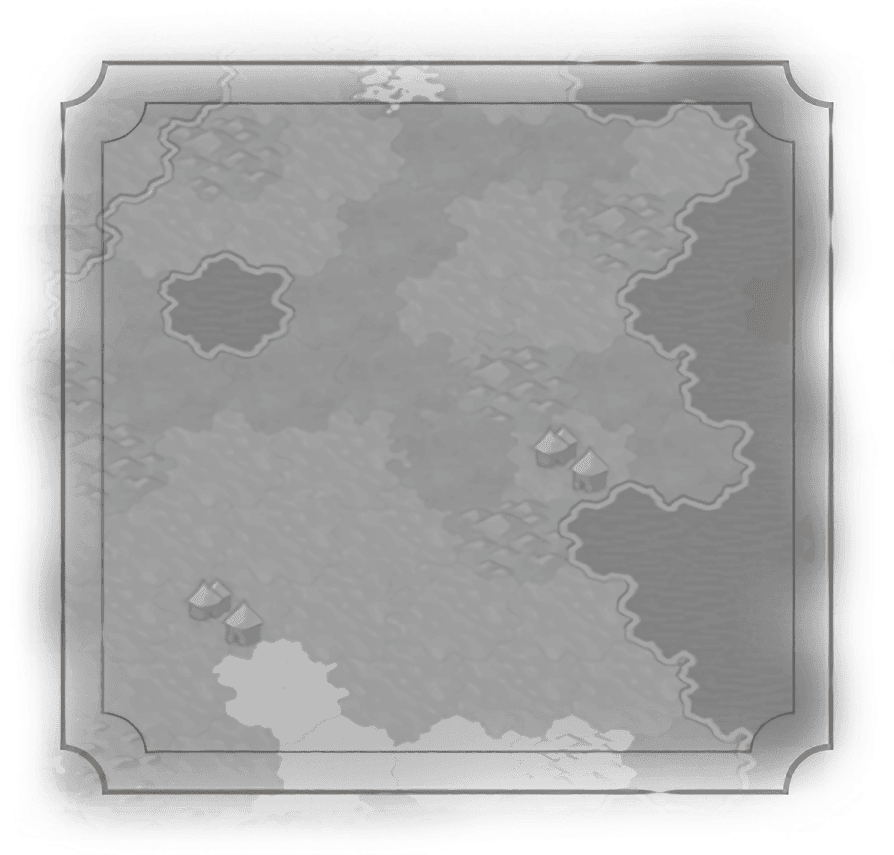Historic Religions
Buddhism
Catholicism
Confucianism
Eastern Orthodoxy
Hinduism
Islam
Judaism
Protestantism
Shinto
Sikhism
Taoism
Zoroastrianism
Pantheon Beliefs
Worship Beliefs
Follower Beliefs
Founder Beliefs
Enhancer Beliefs


Shinto
Historical Context
With no founding figure and no central doctrine, Shinto is the rather amorphous spiritual belief of the Japanese people based on an individual’s connection to the physical world … and to Japan itself. The recorded history of Shinto dates back to the two great works written by O no Yasumaro at the behest of the Empress Gemmei: the Kojiki (c. 712 AD) and the Nihon Shoki (c. 720 AD). Based on oral traditions, the first establishes the imperial family as the soul of Japanese culture, while the second focuses on the “correctness” of the social hierarchy and orderly living. If Hinduism is a polytheistic religion turned world religion, Shinto is animism turned state religion.
One of the central aspects of Shintoism is the worship of spirits, known as Kami, who are acknowledged through the visiting of shrines. Although the Kami are not considered gods, they are spirits or entities with close ties to humans, and they can have a beneficial effect on the course of one’s existence. However, Shinto is not focused on the belief in Kami, but on the ritual of devotion itself. By paying respects to the Kami at shrines, one is showing interest and as such the Kami may bring positive benefits.
Although Shinto has been central to Japanese life for centuries, with over 100 million adherents found in Japan today, Shinto is not a religion in the traditional sense, but an ingrained faith unique to Japan.
One of the central aspects of Shintoism is the worship of spirits, known as Kami, who are acknowledged through the visiting of shrines. Although the Kami are not considered gods, they are spirits or entities with close ties to humans, and they can have a beneficial effect on the course of one’s existence. However, Shinto is not focused on the belief in Kami, but on the ritual of devotion itself. By paying respects to the Kami at shrines, one is showing interest and as such the Kami may bring positive benefits.
Although Shinto has been central to Japanese life for centuries, with over 100 million adherents found in Japan today, Shinto is not a religion in the traditional sense, but an ingrained faith unique to Japan.


Historical Context
With no founding figure and no central doctrine, Shinto is the rather amorphous spiritual belief of the Japanese people based on an individual’s connection to the physical world … and to Japan itself. The recorded history of Shinto dates back to the two great works written by O no Yasumaro at the behest of the Empress Gemmei: the Kojiki (c. 712 AD) and the Nihon Shoki (c. 720 AD). Based on oral traditions, the first establishes the imperial family as the soul of Japanese culture, while the second focuses on the “correctness” of the social hierarchy and orderly living. If Hinduism is a polytheistic religion turned world religion, Shinto is animism turned state religion.
One of the central aspects of Shintoism is the worship of spirits, known as Kami, who are acknowledged through the visiting of shrines. Although the Kami are not considered gods, they are spirits or entities with close ties to humans, and they can have a beneficial effect on the course of one’s existence. However, Shinto is not focused on the belief in Kami, but on the ritual of devotion itself. By paying respects to the Kami at shrines, one is showing interest and as such the Kami may bring positive benefits.
Although Shinto has been central to Japanese life for centuries, with over 100 million adherents found in Japan today, Shinto is not a religion in the traditional sense, but an ingrained faith unique to Japan.
One of the central aspects of Shintoism is the worship of spirits, known as Kami, who are acknowledged through the visiting of shrines. Although the Kami are not considered gods, they are spirits or entities with close ties to humans, and they can have a beneficial effect on the course of one’s existence. However, Shinto is not focused on the belief in Kami, but on the ritual of devotion itself. By paying respects to the Kami at shrines, one is showing interest and as such the Kami may bring positive benefits.
Although Shinto has been central to Japanese life for centuries, with over 100 million adherents found in Japan today, Shinto is not a religion in the traditional sense, but an ingrained faith unique to Japan.



